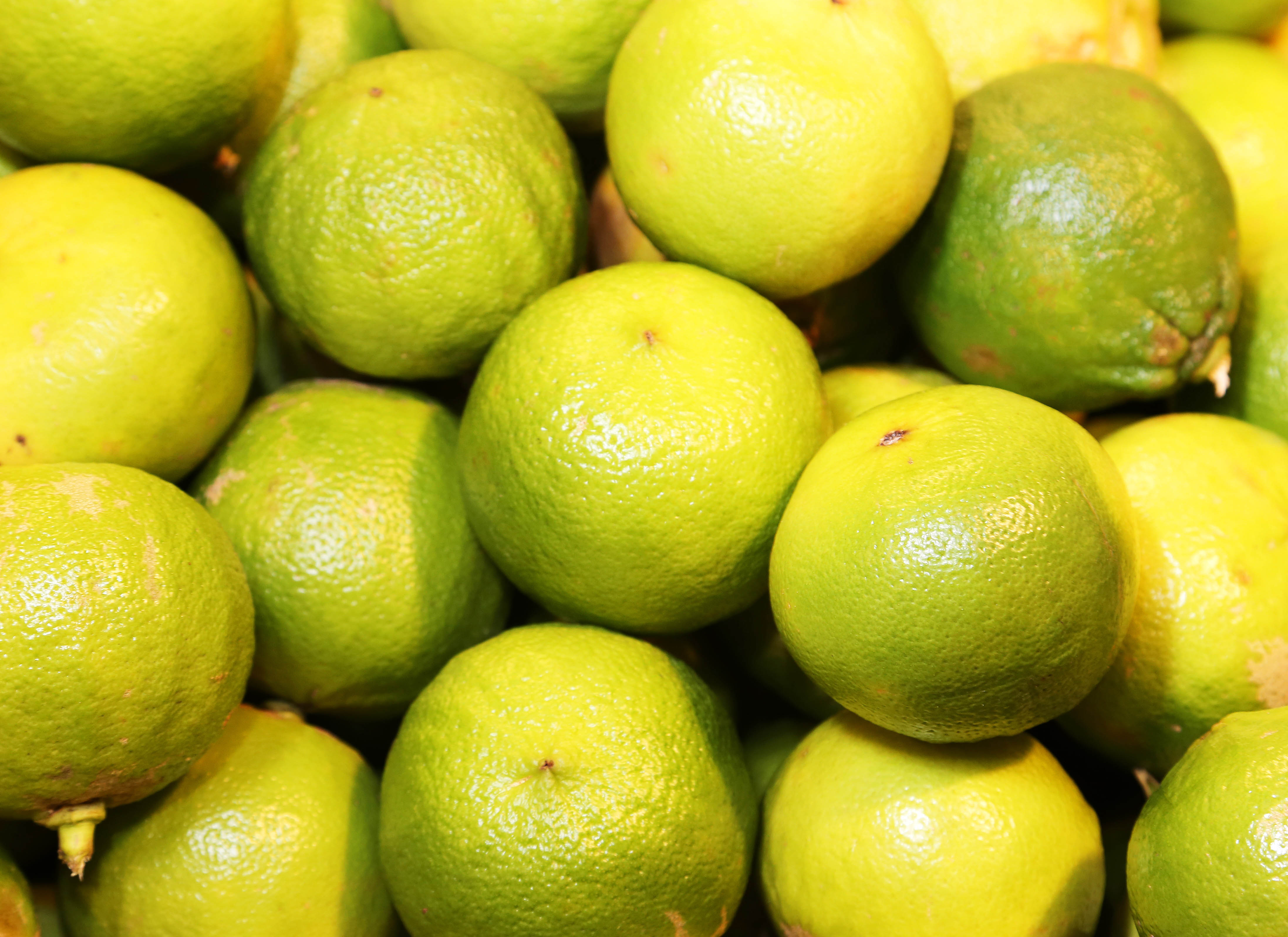How Earl Grey Became Persian
Tea was first introduced to the Persian Empire in the 18th Century through various trade routes from India as well as East Asia via the Silk Road. Tea played a minor role in Persian cuisine until the late 1800's.

In the Early 1900's the British empire, who controlled most of the tea trade at the time, limited non-Europeans from trading tea. Kashef Al Saltaneh, an Iranian Diplomat was visiting India and through his fluent use of French was able to acquire a few tea plants to bring home to Iran. He spent the next few years experimenting with cultivating the plants and eventually found the right technique that would yield a viable crop.

Tea quickly took hold and became a major part of Iranian culture. Soon tea houses were abundant and were used as a meeting place for artists, intellectuals, and businessmen. Paper thin glass teacups filled with dark crimson tea were served with sweet pastries and hard broken sugar cubes.
Earl Grey became the tea of choice by the mid-20th century and soon by the 1970's Persian culture had its own version of Earl Grey. Bergamot orange oil was used to boldly flavor black tea leaves. Persian Earl Grey tea is a more pungent and floral version of the traditional variety with a heavy body and a smooth sweet finish. This unique take on a classic British tea has made it one the most consumed beverage in Iran and the Iranian diaspora.

Persian Royal Tea uses that same tradition when meticulously blending cold pressed bergamot oil into our award winning Persian style Earl Grey teas. Our secret family recipe and blending methods are known around the world and are represented in our amazing products. Though Persian Style Earl Grey is a staple in the Persian community, it's unique taste and strong body is loved by Earl Grey tea drinkers everywhere.
